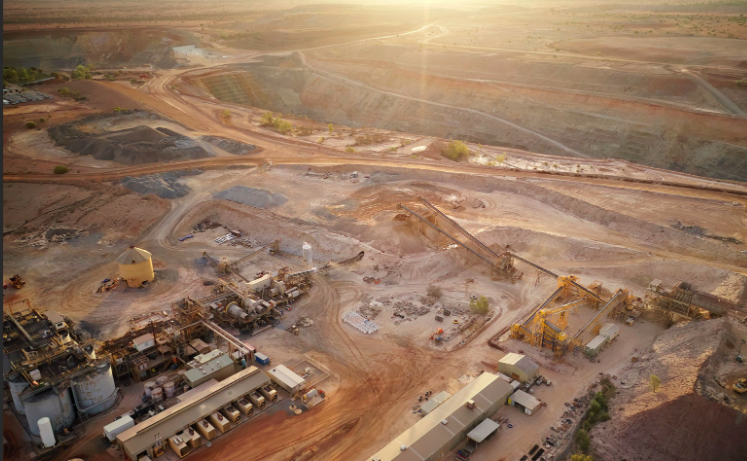Regis Resources Advances Duketon Gold Project with Approval for Garden Well and Rosemont Underground Mines
Tajha Pritchard
Regis Resources Advances Duketon Gold Project with Approval for Garden Well and Rosemont Underground Mines
Regis Resources, under the leadership of managing director and CEO Jim Beyer, celebrates the approval for the development of the Garden Well and Rosemont underground mines in Western Australia. Beyer sees this decision as a pivotal step towards significantly expanding the company's gold resources.
"The development of these underground mines marks a crucial milestone in Regis' pursuit of its underground growth strategy," stated Beyer. "Our goal of operating four to five underground mines at Duketon, with an annual gold production target of 200,000–250,000 ounces, is well within reach."
Ongoing exploration activities hint at further mineralization down plunge at Rosemont and Garden Well, promising to prolong mine life and augment reserves.
"With Garden Well Main and Rosemont Stage 3 underground mines, we will soon oversee three distinct underground mining areas," explained Beyer. "Drawing on our historical understanding of Duketon orebodies and recent exploration outcomes, we are confident in our ability to expand our underground mining operations."
Regis' dominant presence in the Duketon greenstone belt underscores its success in discovering and enlarging underground reserves. Between 2019 and 2022, targeted exploration and resource definition drilling programs bolstered Duketon's reserves by almost 170%.
Despite these expansions, Regis maintained a steady production rate of 151,000 ounces of gold from its Duketon mines during the same period.
"Since the initial resource announcement at Rosemont in 2019, we have consistently elevated the value of our underground reserves," noted Beyer. "This upward trajectory in our underground operations is a trend we aim to sustain well into the future."


